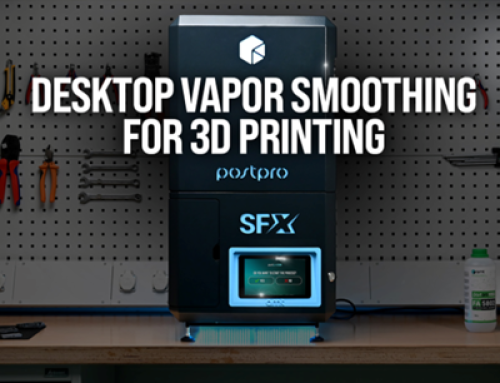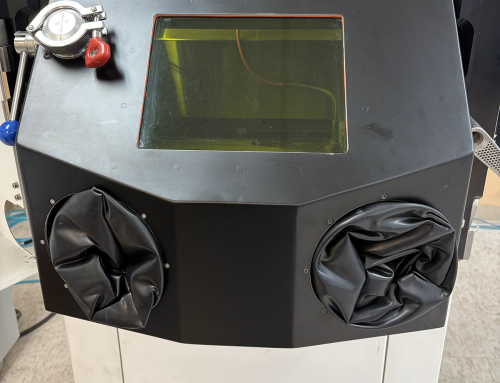The Problem: Complex composite parts with hollow interiors are difficult to manufacture.
Complex composite structures, with hollow interiors, present unique manufacturing challenges where internal tooling, generally referred to as a cores or mandrel, is required to define the hollow internal features. Any part configuration that traps the mandrel inside the composite part, requires sacrificial tooling* or a more complex, collapsible or inflatable tool.
*Sacrificial tooling – tooling that is only used once and must be broken or washed out.
Current sacrificial tooling technology uses materials such as eutectic salts, ceramics, cast urethanes and other similar materials. These options present many challenges, including:
- Difficulty handling due to fragile material properties
- Require tooling to produce
- Limit design freedom due to production or removal methods
The Solution: 3D Printing (Additive Manufacturing)
Stratasys FDM® technology is capable of producing geometries in dissolvable thermoplastic materials. Although these materials were originally developed to serve as support structures to enable printing highly complex geometries, OEMs and tier suppliers in the automotive and aerospace industries have been utilizing their unique dissolving properties for sacrificial mandrels.
In an effort to improve their solution and value to the sacrificial tooling market, Stratasys released a new soluble material dubbed ST130™ along with an in-depth design guide to help ensure user success. This ST130™ material allows for higher cure temperatures and pressures with faster dissolution times than the original solutions. These advancements allow composites manufacturers to rapidly and economically produce low-volume complex composite structures without bonded seams or the support tooling and CNC machining required for other sacrificial tooling technologies.
Capabilities:
3D printed sacrificial tooling with Stratasys ST130™ material is capable of 250°F (121°C) cure temperatures at vacuum pressure or 210°F (98°C) at 90psi.
ST130™ is soluble in a detergent solution known as WaterWorks that enables hands-free mandrel removal.
For cure temperatures above 250°F (121°C), a two stage cure could be used so long as after the composite is ridged enough after the first stage, to not deform under the second stage temperature and pressure.
Additionally, Stratasys offers a breakout mandrel solution, ULTEM 1010 Support, which is capable of 350°F (177°C) cure temperatures at +90 psi. The ULTEM 1010 Support is embrittled with acetone and broken out. It is not a soluble or washout solution. So good access to all internal cavities is required.
FDM tooling can be finished through a variety of methods to achieve vacuum integrity and the desired surface roughness. Common finishing methods include manual abrasion or media blasting with subsequent application of a high viscosity mold sealer like Zyvax Quickskin, two-part epoxy resins, or a release film.
Summary:
3D printed composite tooling offers composite manufacturers, OEM’s, and tooling suppliers a robust, fast, easy to use, and cost-effective alternative to incumbent sacrificial tooling technologies. Early adopters of this technology are already reaping the benefits of the competitive advantage that 3D printed tooling offers.








Leave A Comment